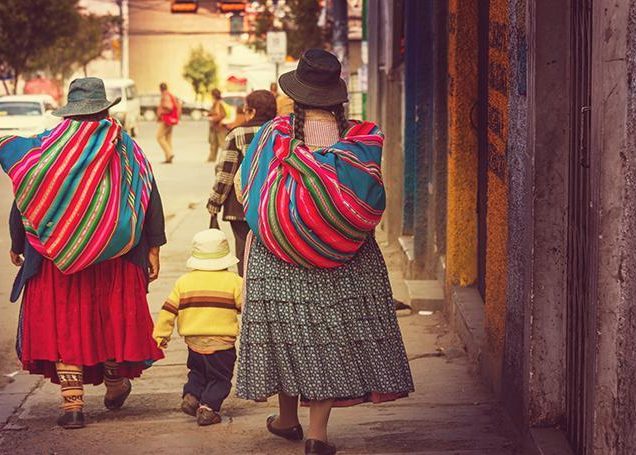

Located in the very heart of South America, Bolivia has a highly varied, rugged landscape and diverse climates. Named after Simón Bolívar, Bolivia is home to some of the world’s tallest mountains, highest cities and broadest (and most surreal) salt flats. The country is landlocked and sits between Peru, Brazil, Paraguay, Argentina, and Chile, but its natural resources and beauty shine above many more affluent neighbours.
One of Bolivia’s best surprises is its fascinating ethnic diversity—about 60% of the population claims aboriginal heritage. The Aymará, Quechua, and Guaraní peoples are among 30 known indigenous groups.
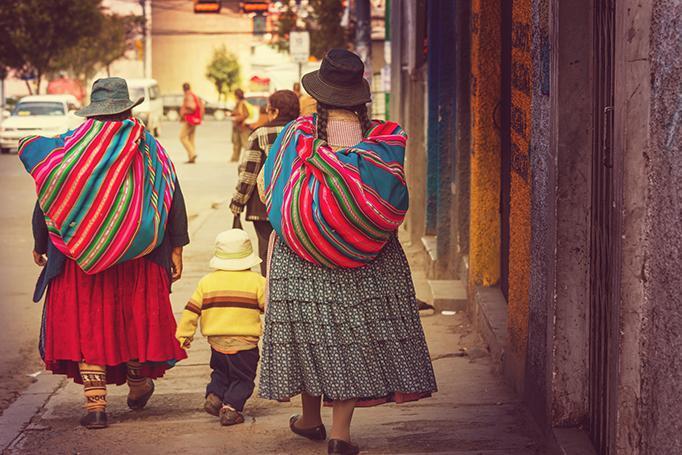
Our Guide to Responsible Travel details our commitment to Human, Animal, Environmental and Cultural Welfare. Click on the link here to read more.
With such a fantastic history, geography, and culture, deciding where to visit in this outstanding country can be a challenge!
But, wherever you go, be prepared to be amazed.
Click on this link for our top ten tours to Bolivia – or on the links below for our featured offers.
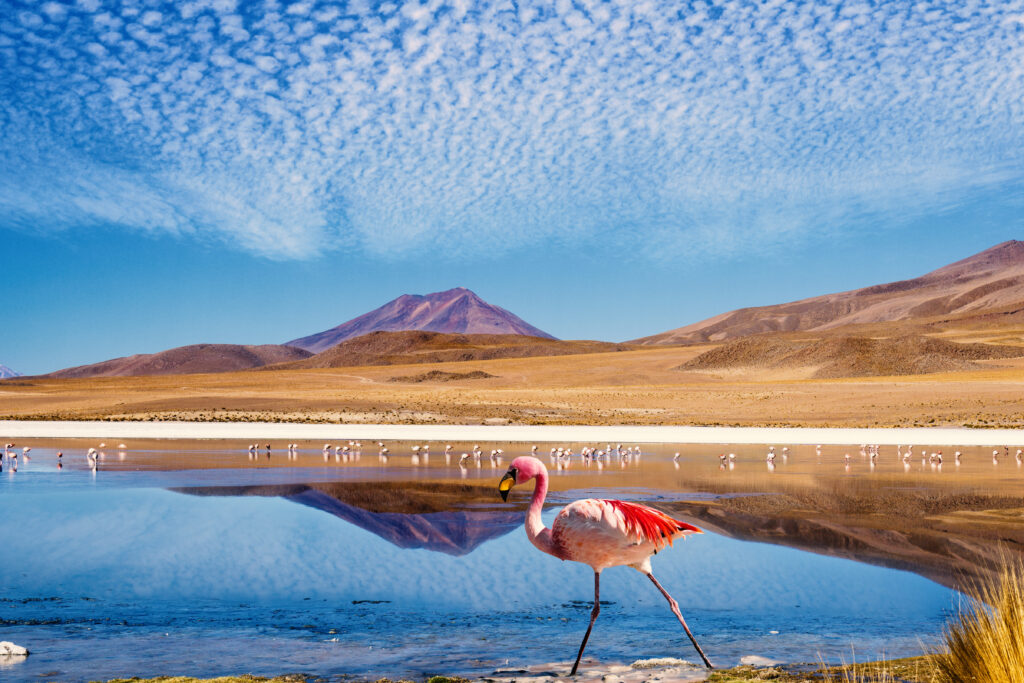
In Bolivia, adventure is around every corner. Bolivia is unique from ‘Death Valley’ to the glaring harsh expanse of the world’s most extensive salt flats. Less visited than its more popular neighbours, it remains an inexpensive South American destination. Bolivia has the largest indigenous population in South America, with over 60% of the population identifying as of indigenous descent. It also boasts a diverse natural landscape encompassing everything from soaring snowy peaks to vivid volcanic views. This colourful combination of vibrant culture and varied scenery makes it an interesting, intriguing destination.
Bolivia’s currency, the boliviano (symbol: B$), sometimes referred to as the peso, is divided into 100 centavos. Changing more extensive notes outside cities can be difficult. It may help to carry some small denomination notes (less than B$10).
US dollars are the easiest currency to exchange. It is helpful to carry some clean and crisp US dollar cash with you. ATMs are available in reasonable sized towns and cities and accept major international cards such as Mastercard and Visa. They are unreliable, so carrying your travel funds in a mixture of cards and cash is best.
Bolivia is an inexpensive destination. A set lunch at a basic restaurant costs US$8-21. Tipping is optional.
Despite its size, Bolivia has a mere 10 million people concentrated around a handful of cities. La Paz, in the far west of the country, is the administrative capital and seat of the government. It is known for its markets, museums, and nightlife.
Rurrenabaque, in the north, provides access to national parks and jungle lodges in the Bolivian Amazon. Further west, Santa Cruz, Bolivia’s second-largest city, is an ideal base for exploring nearby Jesuit towns, churches, and ruins.
In southern central Bolivia, Cochabamba has a lively nightlife and food scene. Sucre, also in the south of the central area, is Bolivia’s constitutional capital and seat of the judiciary. Sucre is an elegant city famed for its white-washed colonial architecture.
South of Sucre, Potosi was once one of the wealthiest cities due to nearby silver mines. Then there is Uyuni, a small desert town that is a gateway to the nearby Uyuni salt flats. The legendary bank robbers Butch Cassidy and the Sundance Kid are rumoured to have met their deaths in Tupiza, another town in the Potosi department.
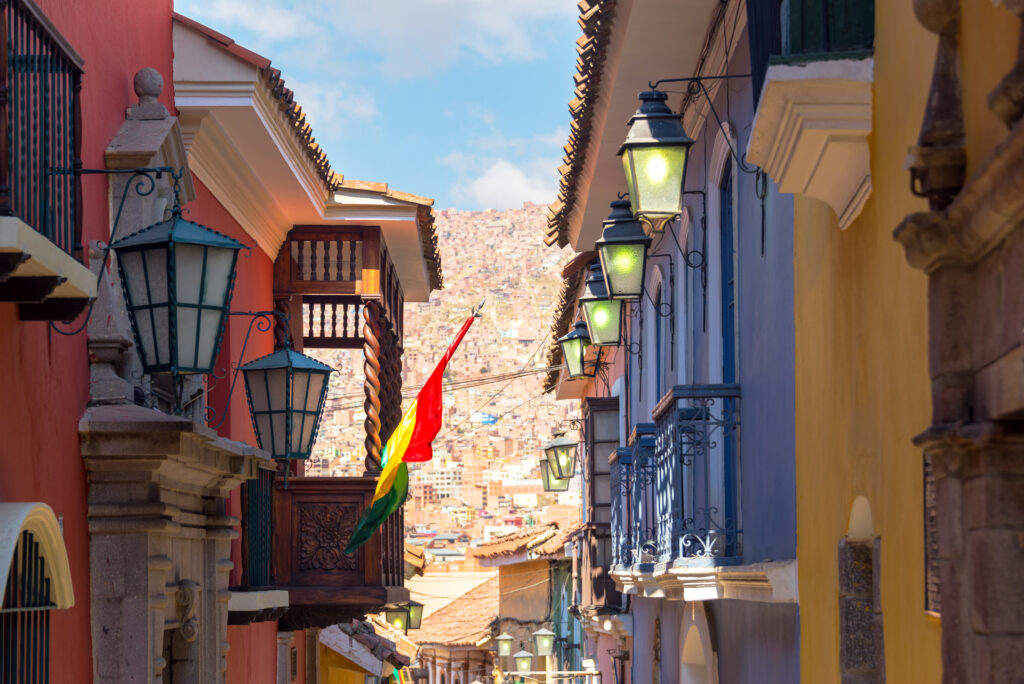
Electricity in Bolivia runs on 220 volts/50 Hz. The most common electrical sockets accept two prong round-pin plugs such as that used in Europe or North America flat-pin, two prong plugs. If in doubt, carry a universal adaptor to cover all your bases.
Bolivia comprises 30% Quechua, 30% mestizo (mixed white and indigenous), 25% Aymara and 15% European origin. It has the largest indigenous population in South America. However, the country is 95% Roman Catholic, indigenous belief systems such as animism and the worship of deities from the natural world remain prominent. Most Quechua and Aymara people live in the highlands in the south and west of the country. Outside of cities in this area, some settlements speak only Quechua or Aymara.
Learning basic greetings in Spanish is an excellent way to foster good will amongst locals. A simple buenos dias (good morning), buenos tardes (good afternoon) or buenos noches (good evening) will go a long way. Bolivians value politeness and manners, so ensuring you greet people properly is essential, along with using please, por favor, and thank you, gracias.
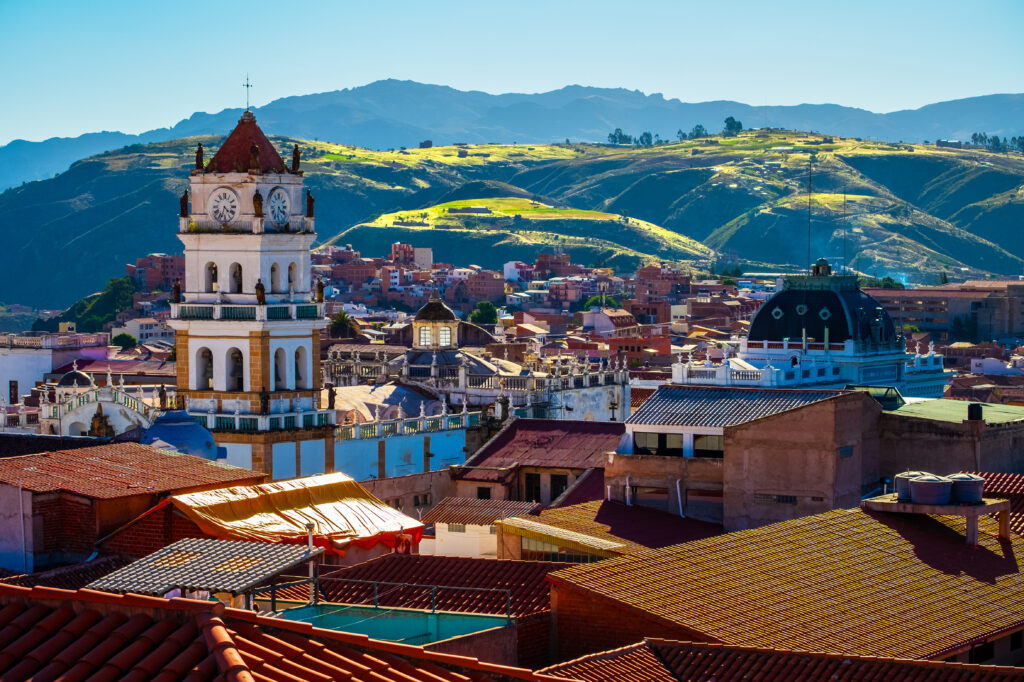
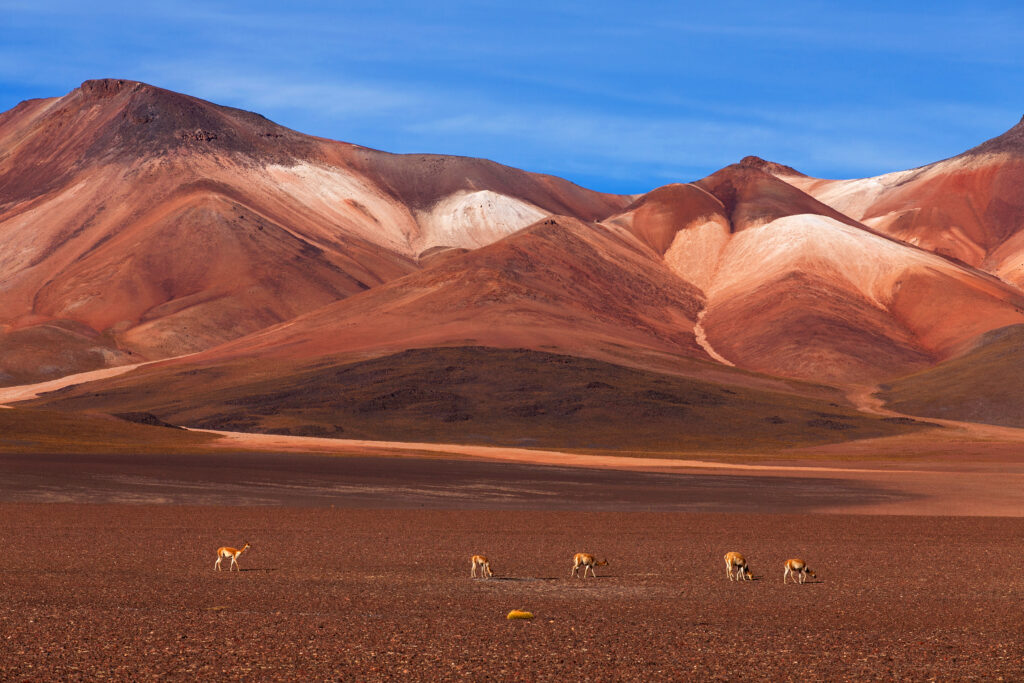
Bolivia’s most striking geographic feature is the Andes mountain range. The range runs in two chains through the west of the country, separated by the Altiplano, also called the Andean plateau or Bolivian plateau. A broad expanse of windswept mountain plateau, it is the largest area of high plateau in the world outside of Tibet. The snowy peaks of the Andes give way to Sub-Andean Bolivia with its highland valleys and finally the tropical lowlands in the east and north of the country. This part of the country varies from vast, flat scrub land to dense Amazonian jungle.
In addition to these three geographic regions, Bolivia has some astonishing natural landmarks including the most extensive salt flats in the world, the highest navigable lake (shared with Peru), towering volcanic peaks and vibrantly coloured lakes. It is roughly the same size as Spain and France combined, although it is significantly less populated with fewer than 10 million people.
The Tiwanaku civilisation inhabited the region from 1500 BC to 1200 AD. They established an extensive system of roads, irrigation canals, and terraced farming in the Andean highlands. They left remains of urban centres, palaces, pyramids, and temples. At its height, their influence extended into almost all of Bolivia, southern Peru, northern Chile, and north-west Argentina.
Regional city-states such as the Aymara kingdom rose to prominence after the Tiwanakans, but the Inca Empire was the subsequent significant influence on the region. The Quechua people are descended from the Incas. They were initially based in Cuzco, but extended their empire to include Lake Titicaca and the Aymara kingdoms before expanding into the rest of Bolivia and the north of Chile and Argentina.
In 1532, conquistadors led by Francisco Pizarro captured the Inca ruler Atahualpa, holding him to ransom before killing him, so gaining control of the fractured empire. Bolivia was overlooked by the Spanish empire until silver was discovered in Potosí. Potosí was founded in 1545 and the mine there was the most productive in the world, funding the Spanish Crown for many years. In 1558 Alto Peru gained autonomy from Lima and the newly found wealth led to farming communities and building in cities such as La Paz and Sucre.
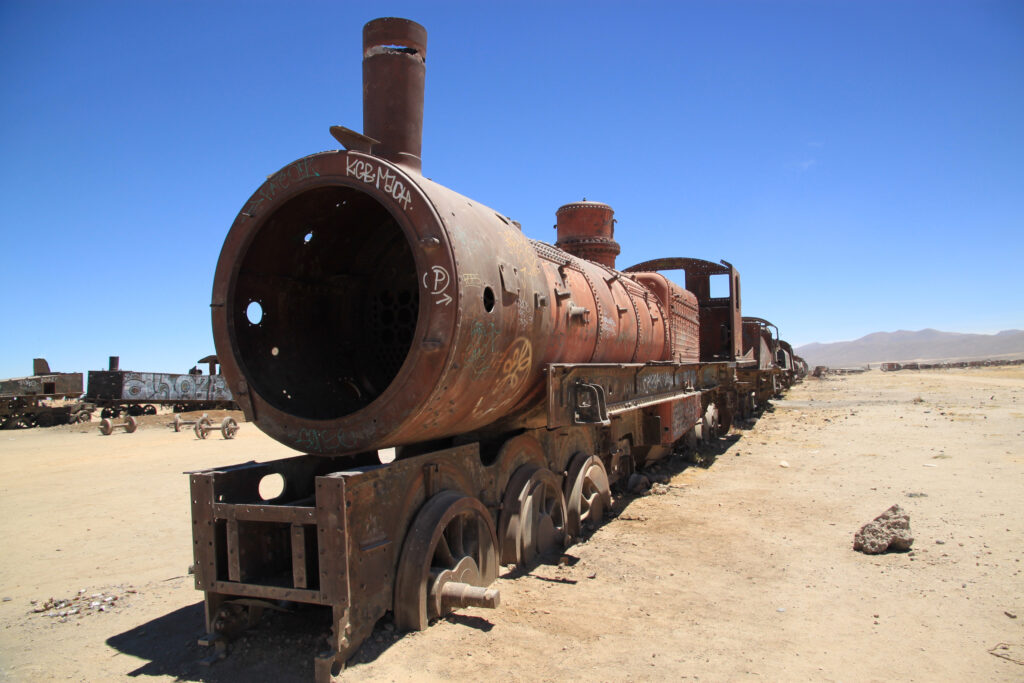
Bolivia was the scene of Latin America’s first independence movement, which gained traction by May 1809. Ironically, it would be the last to gain independence. The Republic of Bolivia was formed in 1825. Simon Bolívar, a leading revolutionary, was the nation’s first president and the man for whom the country is named.
The photograph was taken at Uyuni at the Cemeterio de Trenes (Train Cemetery). Originally planned as a central hub for an extensive train network, the site has become the graveyard for over 100 locomotives. These rusting ghost trains are a testament to the power of the salt winds of the plains
Bolivia has some of the world’s most astonishing natural landmarks including the Salar de Uyuni.
The largest salt flats in the world, they were formed over 40 thousand years ago when prehistoric lakes evaporated, leaving the salt behind.
Bolivia is also home to the highest navigable lake, Lake Titicaca (shared with Peru), towering volcanic peaks and vibrantly coloured lakes. It is roughly the same size as Spain and France combined, although with fewer than 10 million people it is significantly less populated.
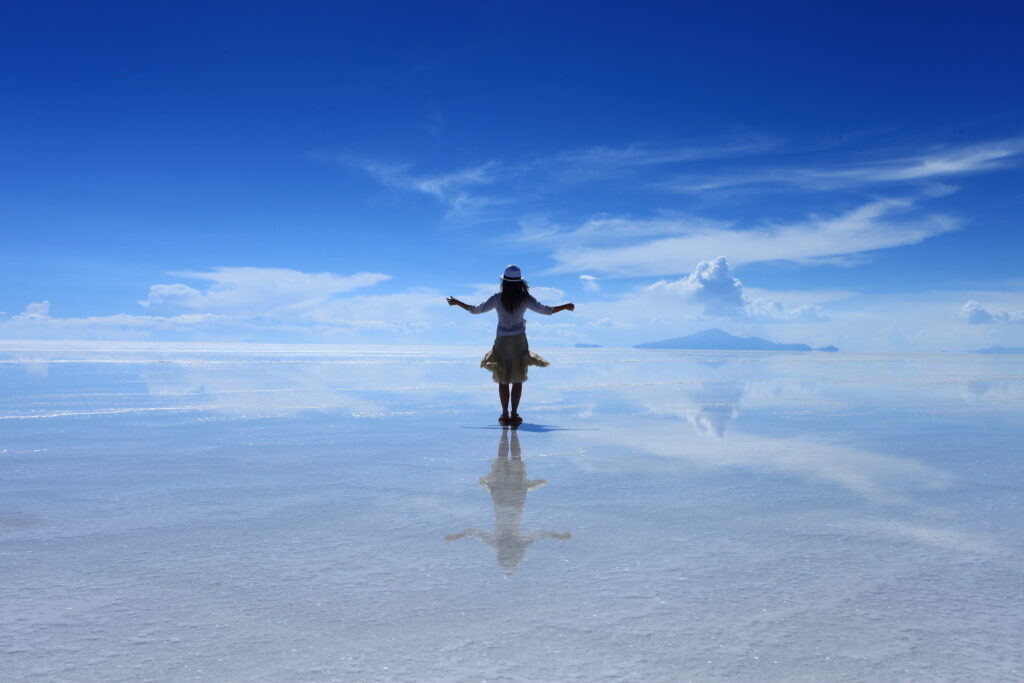
The UN Sustainable Development Goals inform our long-term commitment to responsible travel. These goals are the world’s best plan to end poverty, reduce inequalities and tackle climate change. Our Purpose outlines how we support our travellers in making informed decisions, enabling you to travel without causing harm. We are also committed to working only with companies that offer benefits to the people, cultures, animals, and habitats they visit. In this way, we can all contribute to the realisation of the development goals.
Click on this link to read more about our commitment to responsible travel.
Hiking in Torres Del Paine National Park, Chilean Patagonia Have you ever dreamed of hiking through the stunning landscapes of…
Chasing Thrills on a Budget: The call of adventure whispers in your ear, but your wallet whispers back a different…
The 7 human-made Wonders of our World The ancients created the original list of the Seven Wonders of the World.…
We are passionate adventure travelers who want to share the world and our travel experiences with everyone…
This website uses cookies so that we can provide you with the best user experience possible. Cookie information is stored in your browser and performs functions such as recognising you when you return to our website and helping our team to understand which sections of the website you find most interesting and useful.
Strictly Necessary Cookie should be enabled at all times so that we can save your preferences for cookie settings.
If you disable this cookie, we will not be able to save your preferences. This means that every time you visit this website you will need to enable or disable cookies again.
